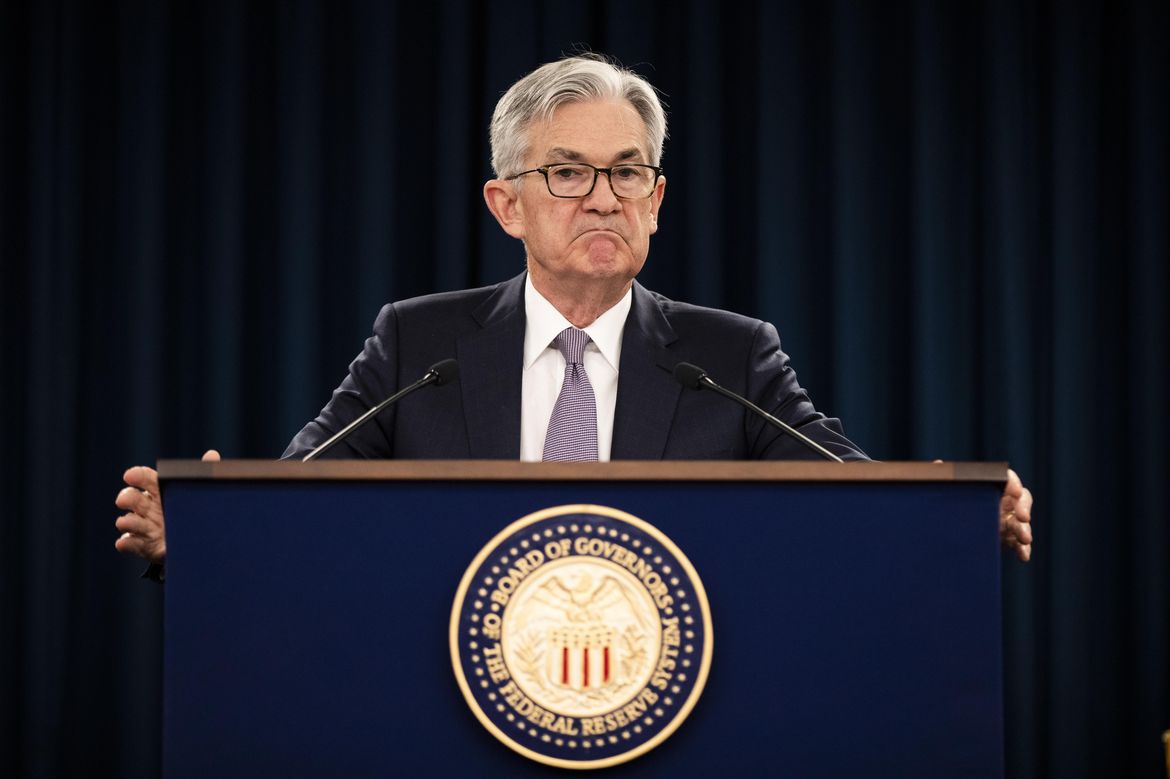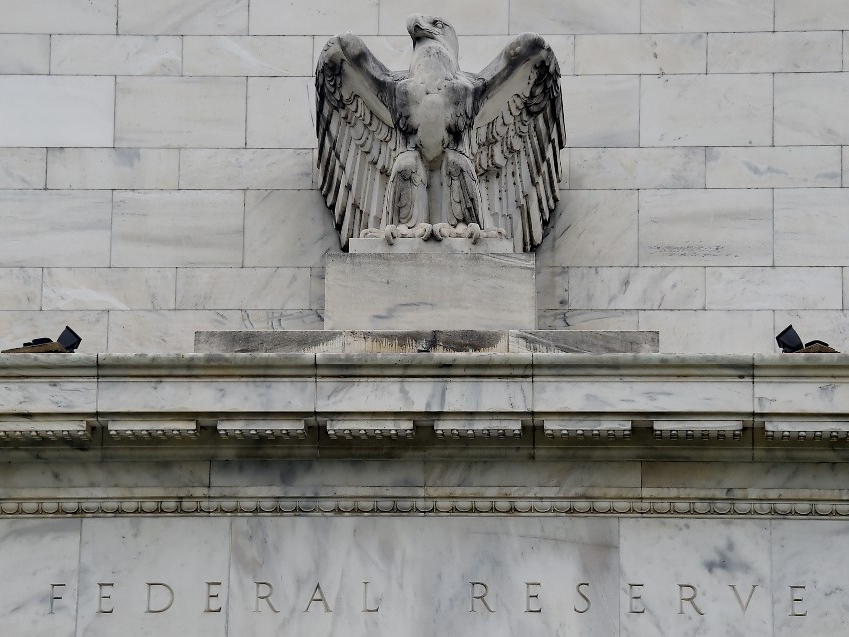
The minutes said the labor market remained hot, with businesses – at least outside the tech sector – "keen to retain workers even in the face of slowing demand," a factor that would help sustain household incomes and spending. Still, "a couple" participants at the last Fed policy meeting said businesses "appeared more confident" that supply bottlenecks had been eliminated, and that the global economic environment was improving and "could provide support to final demand in the United States." While "some" participants saw an "elevated" likelihood of a recession in the United States this year, and pointed to a drop in consumer spending at the end of 2022, others noted that households continued to sit on excess savings and that some local governments had "sizeable budget surpluses" that could also help stave off a painful downturn.īusiness investment was "subdued" at the end of the year. The readout of the meeting included particularly pointed back-and-forth references to sets of developments in the economy that contributed to a still large degree of uncertainty about where things are heading. The minutes showed the Fed navigating towards a possible endpoint to its current rate increases, at once slowing the pace in order to more cautiously approach a possible stopping point while also leaving open just how high rates will ultimately rise in the event inflation does not slow. Traders of futures tied to the Fed policy rate added to bets on at least three more quarter-percentage-point rate hikes at upcoming meetings, with contract pricing pointing to a top federal funds rate range of 5.25%-5.50%. The S&P 500 index (.SPX), up about 0.25% before the minutes came out, closed lower. The yield on the 2-year Treasury note, the government bond maturity most sensitive to Fed policy expectations, rose about 4 basis points from its level before the release to about 4.69%. dollar also advanced against a basket of currencies. "The March dots will move higher," with the median projected year-end policy rate perhaps pushed up to as much as 5.6%, compared with the median 5.1% "dot plot" projection in December.īond yields rose following the release of the minutes and the U.S. Recent inflation data and upward revisions to earlier figures means the "upside risks to inflation" cited by policymakers in the minutes "are clearly much higher today than they were when the (Federal Open Market) Committee last met," Sharif said, referring to the central bank's policy-setting committee. The minutes' reference to inflation risks as a "key" to policy means recent data - showing less progress than hoped for - could mean a higher projected stopping point for the federal funds rate when policymakers issue new projections at the end of the March 21-22 meeting, said Omair Sharif, president of Inflation Insights.

The central bank's policy rate is currently in the 4.50%-4.75% range. The Fed delivered a string of 75-basis-point and 50-basis point rate hikes in 2022 in its battle to curb inflation that had climbed to 40-year highs.

Only "a few" participants outright favored a larger half-percentage-point increase at the meeting, or said they "could have supported" it. "Almost all participants agreed that it was appropriate to raise the target range of the federal funds rate 25 basis points," with many of those saying that would let the Fed better "determine the extent" of future increases, said the minutes, which were released on Wednesday.Īt the same time, "participants generally noted that upside risks to the inflation outlook remained a key factor shaping the policy outlook," and that interest rates would need to move higher and stay elevated "until inflation is clearly on a path to 2%." 1 meeting said policymakers agreed rates would need to move higher, but that the shift to smaller-sized hikes would let them calibrate more closely with incoming data. In language that suggested a compromise between officials worried about a slowing economy and those convinced inflation would prove persistent, minutes from the Jan. central bank's last policy meeting, but also indicated that curbing unacceptably high inflation would be the "key factor" in how much further rates need to rise.


WASHINGTON, Feb 22 (Reuters) - Nearly all Federal Reserve policymakers rallied behind a decision to further slow the pace of interest rate hikes at the U.S.


 0 kommentar(er)
0 kommentar(er)
